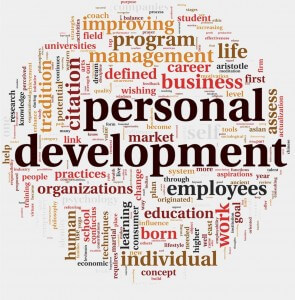
How often do you consider the training method you will use to train a particular topic in terms of its actual outcome?
To do that requires much thought and speculation.
With all the products out to choose from, the process can be a mess of twists and turns. It is a labyrinth when you consider what training will produce the best results for the minimum of cost. The frustration makes us want to jump a hedge and take a short cut or believe when we should be more discerning of the information we are being sold.
Let’s face it.
- There are topics we must make sure our people have signed off as knowing. Those topics don’t need a trainer to go over it in class. Here is a good opportunity to use a web-training, a simple PowerPoint, or even a less technical handout everyone must sign.
- Those pieces of information, employees will read and understand simply, and will take your word for its importance; for this type of information the employees doesn’t need elaborate or expensive training. It is likely that, this kind of information you are required to give your employees by law.
- In fact, the more formalized you make it, the less likely they are to take it. However, the more creative and fun it appears the more likely they are to take it without complaint.
- My plain and simple advice: if it requires motivating change, face to face training works best.
Some would argue “I can do it simply on video.” Some trainers can be dynamic on video but they do lose the power of interaction if they are done too simply. I have heard of webinars, video conferences, and teleconferences that can do this very well for some subjects.
If you choose a video or online source that claims to have interaction with its audience, check it out for yourself to see if you are convinced this “interaction” is effective.
There are tricks to the trade that are indeed sufficient for feedback in situations not face-to-face. Still not much beats a good trainer in a face-to-face encounter. It’s hard to anticipate the questioning or skeptical looks, among other nonverbal audience reactions from a distance and without a visual conduit.
Where does that leave us? Match your training with the training product or method that will give you the result you want. Be careful not to alienate your people by force feeding them the “cheap.” They will resent it and feel less appreciated, and you may find this is worse than not giving them the training the need or are required to have by law. Try to understand when they grouse about about it. Believe it or not, it is usually because they, too, feel it is interrupting or affecting they way they do their job for you.
Maybe this does require selecting an in-house training manager (if not a trainer) who does more than select off-the-shelf training or does-it-all in-house, without a lot of creativity. There is more to training these days than ever. We know more about learning, and we have more tools to achieve maximum results. We also have so many to choose from it becomes confusing as to which is most effective.
It seems to me navigating the labyrinth is an important job that shouldn’t be relegated to the most junior executive. It is not a starter position and yet it is often treated as such. Perhaps an answer lies there. A trainer is not just a presenter or a manager of off-the-shelf products or an employer of outside trainers, but a discerning eye toward what is needed by the company.
So the discussion starts there–with a training position that should be neither a starter position nor a glass ceiling position; unfortunately, sometimes it is regarded as both. Hopefully, as we have seen training emerge into the strategic side of business this situation is changing. A training manager that is key to company success contributes to morale, motivation and performance.

A short one today. Feeling a little under the weather. Check out my website for more. If you need a training developer, I am one as well, but go with whom you feel most comfortable. I don’t have a list of referrals, but I’m happy to chat for free if it helps you decide what you need. Happy Training.
—
For more resources about training, see the Training library.
 Sections of this topic
Sections of this topic
















